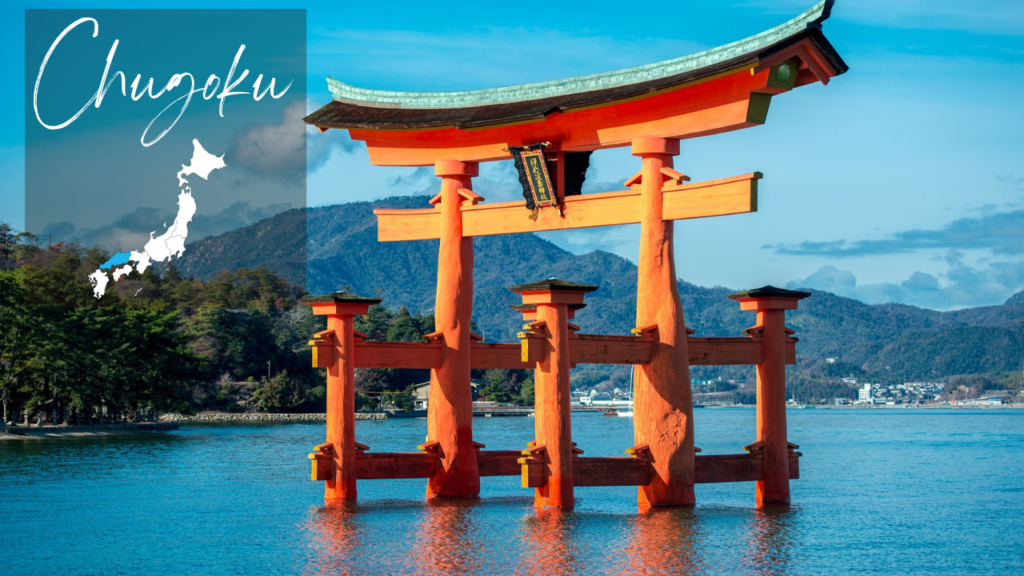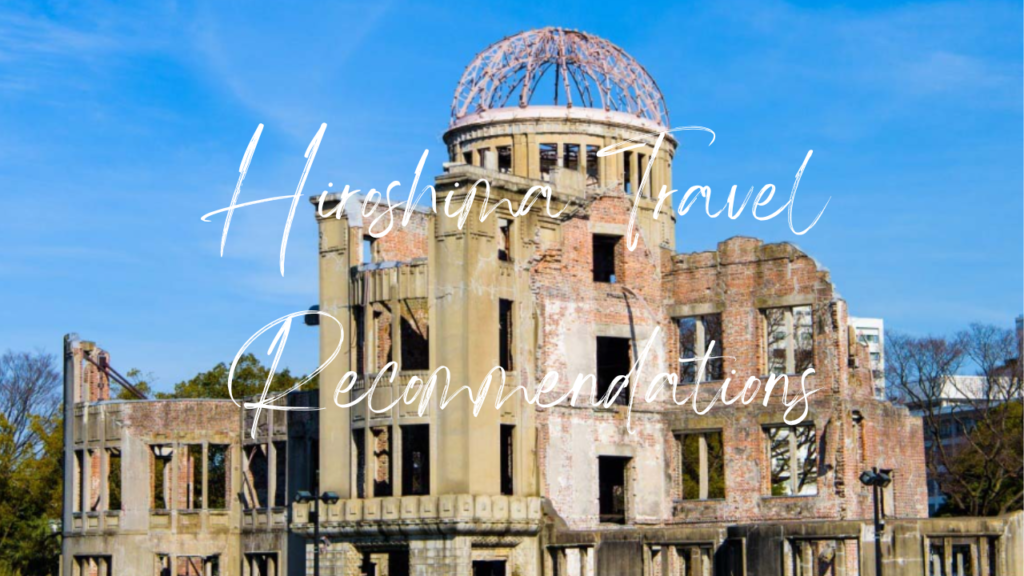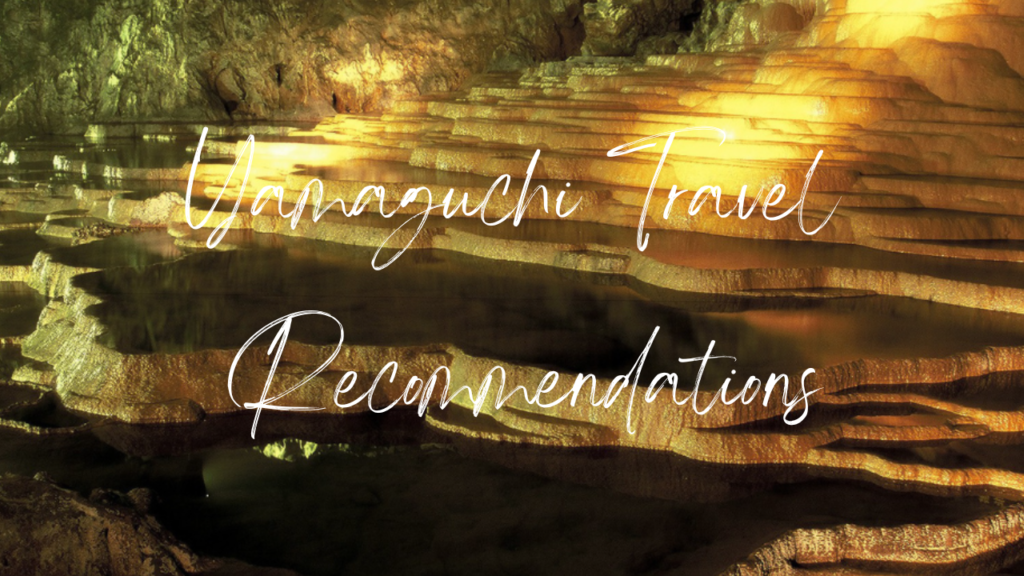Contents
- 1 Overview of Chugoku region
- 2 History of Chugoku region
- 3 Prefectures of Chugoku region
- 4 Top 10 best things to do in Kinki region
- 4.1 Visit Hiroshima Peace Memorial Park
- 4.2 Explore the Itsukushima Shrine
- 4.3 Admire the beauty of Tottori Sand Dunes
- 4.4 Take a trip to Okayama Castle
- 4.5 Relax in Yubara Onsen
- 4.6 Stroll through the streets of Kurashiki Bikan Historical Quarter
- 4.7 Visit the Izumo Taisha Shrine
- 4.8 Explore Matsue Castle
- 4.9 Hike the Sandankyo Gorge
- 5 Conclusion
Overview of Chugoku region
The Chugoku region is located on the westernmost part of the main island of Japan, known as Honshu. The region includes five prefectures: Hiroshima, Yamaguchi, Tottori, Shimane, and Okayama. It is bordered by the Sea of Japan to the north and the Seto Inland Sea to the south.
The Chugoku region has a rich cultural history and is known for its stunning landscapes, natural wonders, delicious cuisine, and traditional crafts. It is also home to a number of vibrant cities, each with their unique character and attractions.
The Chugoku region is also known for its delicious cuisine, which varies from prefecture to prefecture. Some of the most famous dishes in the region include Hiroshima-style okonomiyaki (a savory pancake stuffed with vegetables, meat, and seafood), Tottori’s tsukemono pickles, Yamaguchi’s kawara soba noodles, and Shimane’s Izumo soba noodles.
In addition to its cultural and natural attractions, the Chugoku region is also known for its traditional crafts. The region is home to a number of traditional crafts, including pottery, textiles, paper-making, and lacquerware. Visitors can learn about these traditional crafts and even try their hand at creating their own works of art at workshops and studios throughout the region.
History of Chugoku region
This region has a rich history that dates back to ancient times.
During the Yayoi period, which lasted from approximately 300 BC to 300 AD, the Chugoku region was inhabited by various tribes, including the Kibi and the Izumo. The Kibi were known for their horseback riding skills and played an important role in introducing Buddhism to Japan. The Izumo tribe is famous for their Izumo Taisha shrine, which was and still is one of the oldest and most important shrines in Japan.
In the 8th century, during the Nara period, the Chugoku region became an important center of government and culture. This was due in part to its proximity to the capital city of Nara. It was during this time that the famous Iwami silver mine was discovered, which brought tremendous wealth to the region.
During the Heian period, which lasted from the 8th to the 12th century, the Chugoku region continued to flourish. The Taira clan, one of the most powerful noble families in Japan, had their home base in the region. They were known for their military prowess and contributed greatly to the construction of the famous Itsukushima Shrine, located on the island of Miyajima in Hiroshima.
In the 16th century, the Chugoku region was ravaged by wars between various warlords. Oda Nobunaga, one of the most notable warlords during this time, conquered the region and established a strong central government.
However, it was during the Edo period, which lasted from the 17th to the 19th century, that the Chugoku region truly flourished. The region benefited greatly from its location on the coast, which made it an important center for trade and commerce. Hiroshima, in particular, became a major hub for trade and manufacturing, and has since become one of the most important cities in Japan.
One of the most significant events in the history of the Chugoku region occurred on August 6th, 1945, when the atomic bomb was dropped on Hiroshima during World War II. The city was devastated, and thousands of people were killed instantly. In the years following the bombing, the city was rebuilt and has since become a symbol of peace and hope for people around the world.
Prefectures of Chugoku region
Hiroshima
Hiroshima, the region’s largest city, is known for being the site of the first atomic bomb attack in history. Today, it is a peaceful and thriving city that is home to a number of museums and monuments that serve as memorials to the victims of the bombing. However, Hiroshima is not just a city of history— it is also a great destination for shopping, dining, and nightlife.
Here are some Hiroshima Travel Recommendations.
Yamaguchi
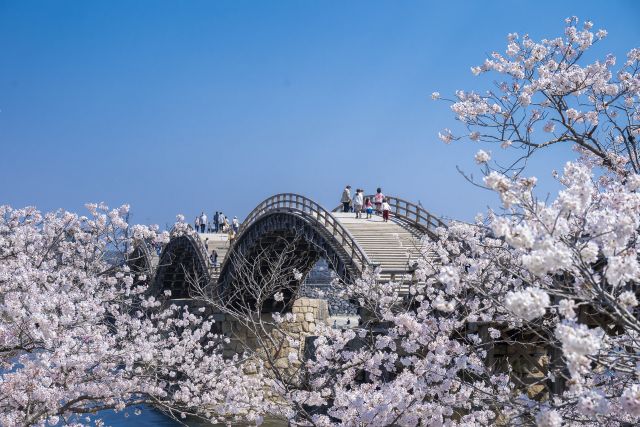
Yamaguchi is a prefecture steeped in history and nature. It is home to several important temples, such as Rurikoji Temple and Kozanji Temple, which are known for their stunning architecture and beautiful gardens. In addition to these historical sites, Yamaguchi boasts a number of natural attractions, including scenic coastline, mountains, and hot springs.
Here are some Yamaguchi Travel Recommendations.
Tottori
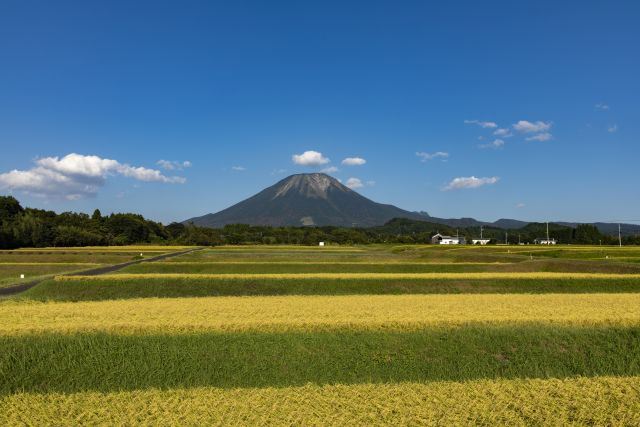
Tottori, located on the northwestern coast of Honshu, is known for its vast, picturesque sand dunes—the largest in Japan—as well as the stunning scenery of Mt. Daisen and the Uradome Coast. The Tottori Sand Dunes attract visitors from all over the world and are a popular spot for sandboarding and camel rides.
Here are some Tottori Travel Recommendations.
Shimane
Shimane is a prefecture that is full of surprises— from the stunning scenery of Lake Shinji and the Sea of Japan to the ancient shrines and temples of Izumo, Shimane offers visitors a glimpse into Japan’s rich cultural heritage. One of Shimane’s most famous attractions is the Izumo Taisha Shrine, which is considered one of Japan’s most important Shinto shrines.
Here are some Shimane Travel Recommendations.
Okayama
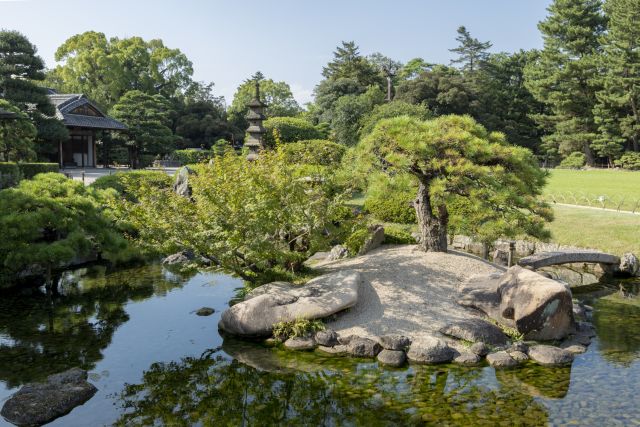
Okayama, located in the eastern part of the region, is known for its delicious food and beautiful gardens. Okayama is home to Korakuen Garden, considered one of the three most beautiful gardens in Japan. The city of Okayama is also famous for being the birthplace of Momotaro, a popular Japanese folklore hero.
Here are some Okayama Travel Recommendations.
Top 10 best things to do in Kinki region
Visit Hiroshima Peace Memorial Park
This park serves as a tribute to the victims of the atomic bomb that devastated the city during World War II. It is a sobering reminder of the devastating effects of nuclear warfare and provides visitors with an opportunity to learn about the events that led up to the tragedy.
Explore the Itsukushima Shrine
Located on the island of Miyajima, this shrine is a UNESCO World Heritage Site that dates back to the 6th century. The iconic shrine is famous for its torii gate, which appears to float on the water during high tide.
Admire the beauty of Tottori Sand Dunes
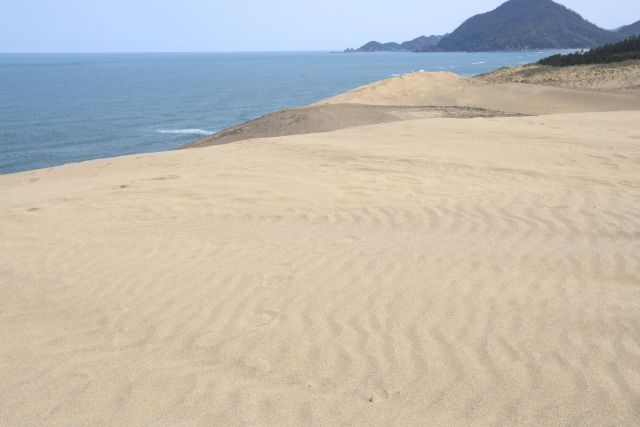
This natural wonder is the largest sand dune system in Japan, covering an area of approximately 16 square kilometers. Visitors can enjoy hiking, camel rides, and sand skiing on the dunes.
Take a trip to Okayama Castle
Also known as “Crow Castle,” Okayama Castle is a stunning example of Japanese feudal architecture. The castle was originally built in the 16th century and is surrounded by a picturesque moat and cherry blossom trees.
Relax in Yubara Onsen
Yubara Onsen is a hot spring resort town located in Okayama Prefecture. It is known for its therapeutic waters, picturesque rural landscapes, and traditional Japanese ryokans.
Stroll through the streets of Kurashiki Bikan Historical Quarter
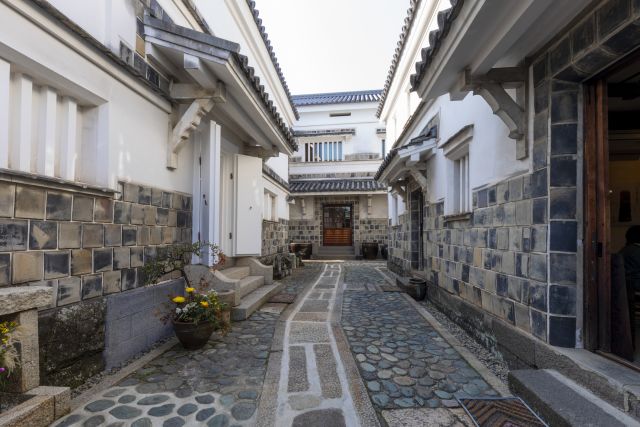
This quaint canal town features traditional Japanese architecture and charming streets lined with weeping willows. Visitors can shop for souvenirs, visit local museums, and dine on traditional Japanese cuisine.
Visit the Izumo Taisha Shrine
Located in Shimane Prefecture, this shrine is one of the oldest and most revered in Japan. It is considered to be the home of Japan’s gods and is particularly famous for its annual kami-sumo wrestling festival.
Explore Matsue Castle
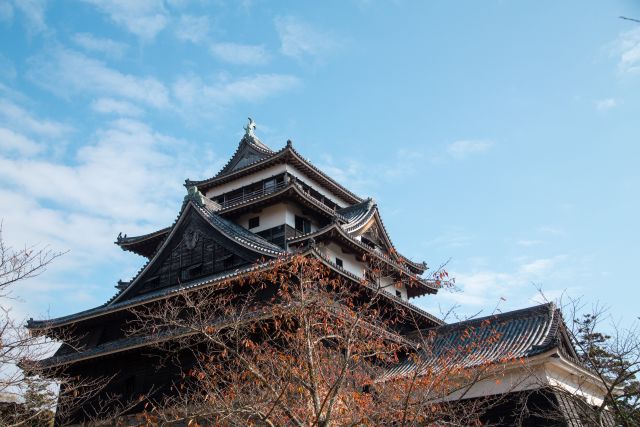
Matsue Castle is a beautifully preserved example of Japanese feudal architecture. Visitors can climb to the top of the castle tower to enjoy stunning views of the surrounding landscape.
Hike the Sandankyo Gorge
Sandankyo Gorge is a stunning natural wonder located in Hiroshima Prefecture. The gorge features winding paths, beautiful waterfalls, and towering cliffs. Visitors can enjoy hiking trails and picnic areas while taking in the breathtaking scenery.
Conclusion
In conclusion, the Chugoku region of Japan is a captivating destination that offers a wealth of experiences for travelers. From the historic city of Hiroshima with its poignant Peace Memorial Park to the scenic beauty of the Seto Inland Sea and the rustic charm of the countryside, Chugoku has something to offer every type of traveler.
The region is rich in cultural heritage, with iconic landmarks such as the Itsukushima Shrine in Miyajima, the historic Hiroshima Castle, and the stunning artwork of the Adachi Museum of Art. Visitors can also indulge in delicious local cuisine, including Hiroshima-style okonomiyaki, fresh seafood from the Seto Inland Sea, and delectable oysters from Miyajima.
The best time to visit the Chugoku region depends on personal preferences, as each season offers its own unique charm. Spring brings cherry blossoms and mild temperatures, summer offers vibrant festivals and outdoor activities, autumn showcases stunning fall foliage, and winter brings a serene atmosphere and hot spring retreats.
Getting to the Chugoku region is convenient, with major airports and well-connected train lines. Once there, travelers can easily explore the region’s attractions using public transportation or by renting a car for more flexibility.
Whether you’re interested in history, nature, culture, or cuisine, the Chugoku region has it all. Immerse yourself in the beauty and traditions of this remarkable region and create memories that will last a lifetime. So, start planning your journey to Chugoku and get ready for an unforgettable adventure in the heart of Japan.

